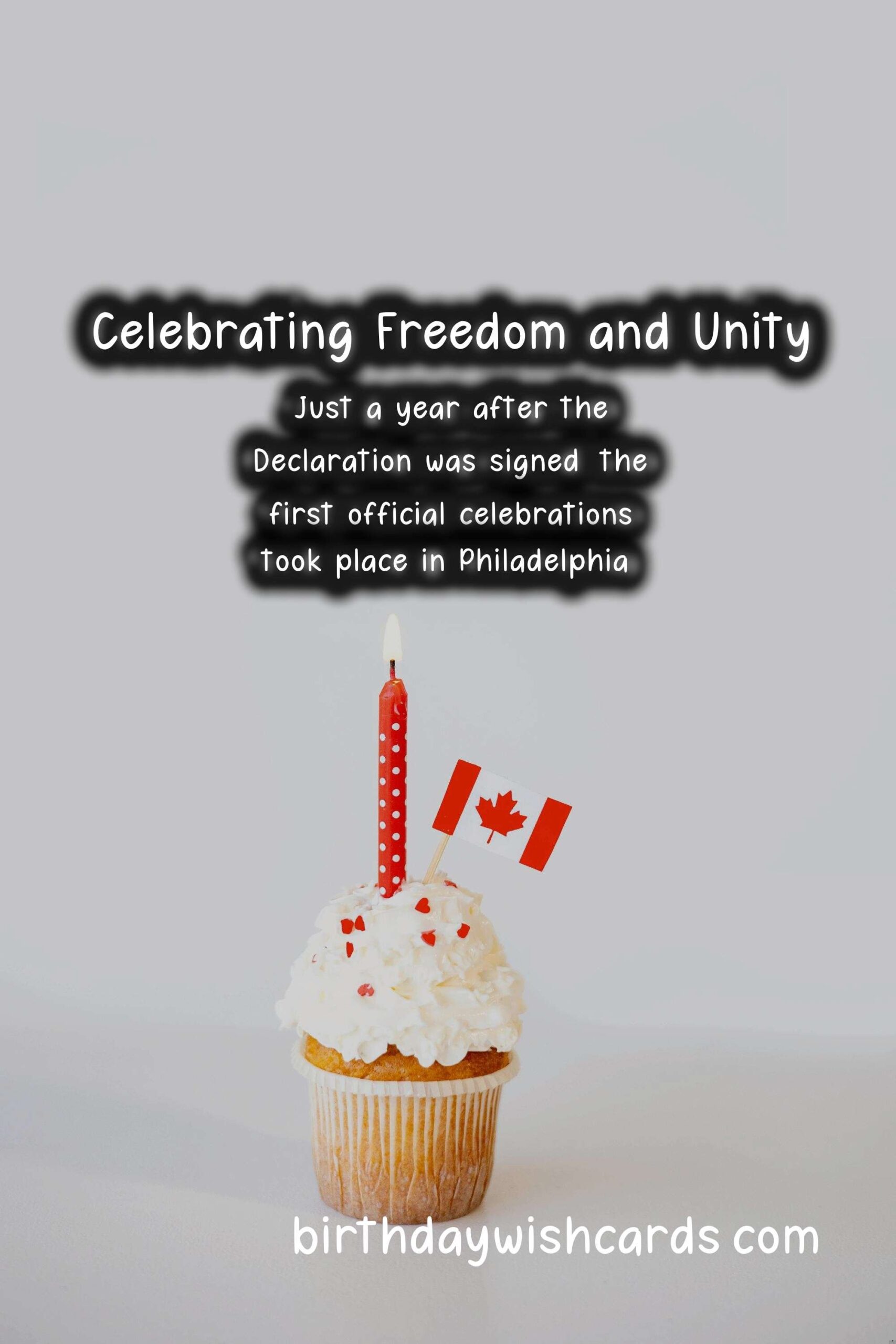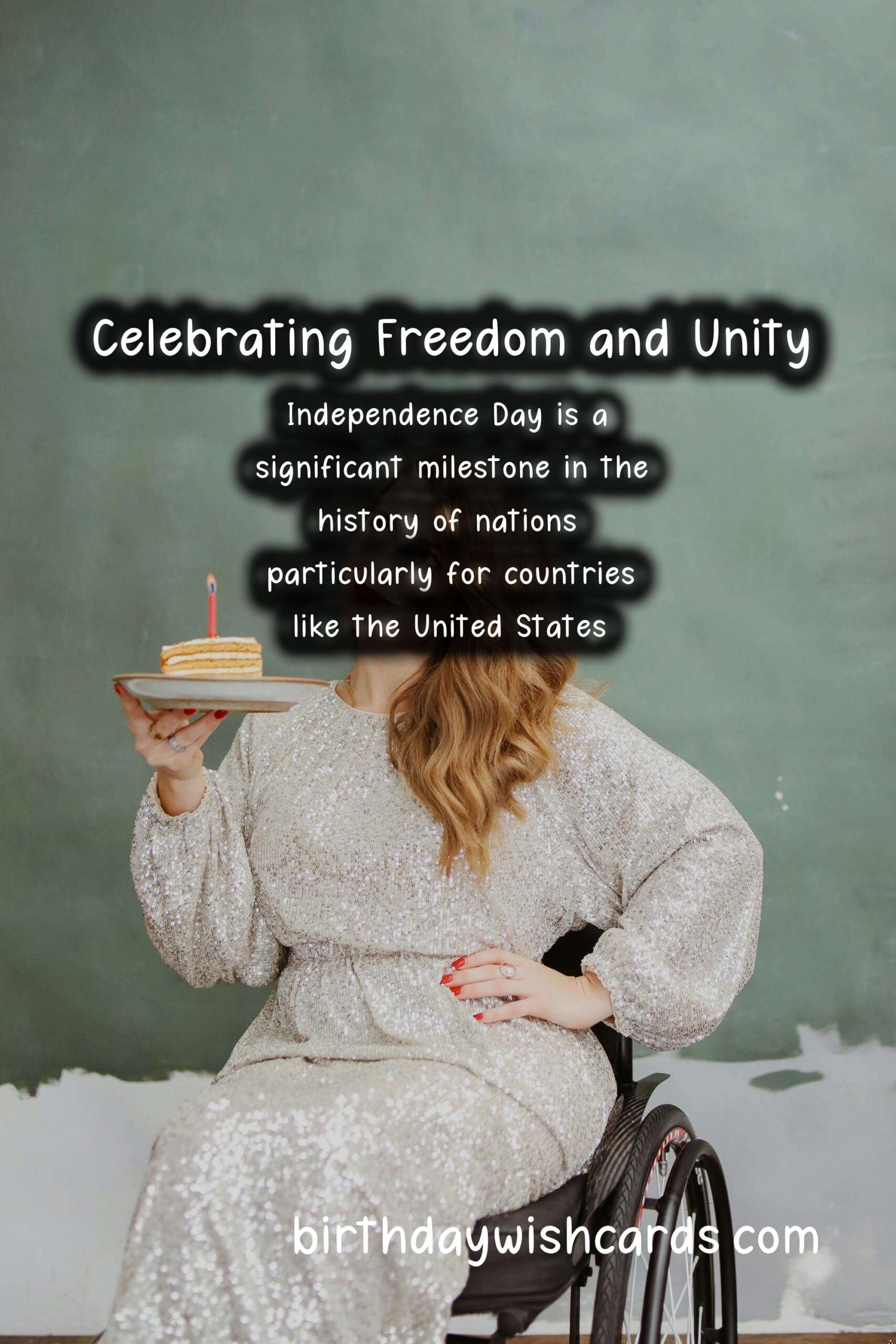Top 10 Milestone Moments in the Life of Independence Day
Top 10 Milestone Moments in the Life of Independence Day
Independence Day is a significant milestone in the history of nations, particularly for countries like the United States. Celebrated annually on July 4th, it commemorates the adoption of the Declaration of Independence in 1776. This article will delve into the top 10 milestone moments that have shaped the meaning and celebration of Independence Day throughout the years.
1. The Declaration of Independence (1776)
The birth of Independence Day traces back to July 4, 1776, when the Continental Congress unanimously adopted the Declaration of Independence. Drafted primarily by Thomas Jefferson, this document declared the thirteen American colonies free from British rule. It articulated values that continue to resonate today, such as liberty and the pursuit of happiness.
2. The First Official Celebration (1777)
Just a year after the Declaration was signed, the first official celebrations took place in Philadelphia. The event included fireworks, speeches, and parades. This setting laid the groundwork for future festivities, establishing July 4th as a day of celebration and unity among the citizens.
3. The Adoption of the Stars and Stripes (1777)
In the same year, Congress adopted the Stars and Stripes as the national flag. The flag’s thirteen stripes represented the original colonies, and the stars symbolized the states. The flag has since become an enduring symbol of freedom and democracy, prominently displayed during Independence Day celebrations.
4. Independence Day Becomes a National Holiday (1870)
Fast forward to 1870, when Independence Day was officially recognized as a federal holiday. This allowed Americans across the country to celebrate on July 4th, influencing how communities would gather for festivities, including parades and fireworks displays.
5. The First Fireworks Display (1777)
Fireworks have become synonymous with Independence Day. The first recorded fireworks display occurred in Philadelphia just after the adoption of the Declaration of Independence in 1777. This now-cherished tradition began as a way to honor the declaration and has evolved into elaborate shows across the country.
6. The Signing of the Constitution (1787)
Although Independence Day celebrates the Declaration, the signing of the Constitution in 1787 represents another monumental step toward the establishment of a functioning democracy. The Constitution provided a framework for governance, ensuring the principles of liberty and justice for all citizens, which resonate with Independence Day ideals.
7. Emergence of Independence Day Traditions (19th Century)
Throughout the 19th century, many traditional celebrations emerged, including barbecues, public readings of the Declaration, and community gatherings. These customs helped solidify the day as a national holiday and fostered a sense of unity and national pride among Americans.
8. World War II and the Resilience of Independence Day (1941)
During World War II, the significance of Independence Day was magnified. Despite the challenges faced, Americans continued to celebrate, demonstrating resilience and patriotism. In 1941, Independence Day was officially designated as a federal holiday, ensuring it would always be a day of national importance.
9. Civil Rights Movement and Independence Day (1960s)
The Civil Rights Movement in the 1960s brought attention to inequalities that contradicted the very principles Independence Day represented. Leaders like Martin Luther King Jr. used the day to highlight the ongoing struggle for civil rights, ultimately shaping the dialogue surrounding freedom and equality in America.
10. Modern-Day Celebrations (21st Century)
In the 21st century, Independence Day celebrations have become a vibrant mix of traditions and modernity. From large-scale concerts and fireworks to family gatherings and community parades, the essence of Independence Day continues to thrive. Additionally, the incorporation of technology in celebrations, such as social media sharing and live streaming events, has expanded the reach and impact of this historic day.
In conclusion, the milestones of Independence Day reflect a rich history of struggles, victories, and evolving traditions. Each moment encapsulates the spirit of freedom and unity that continues to inspire Americans today. As we celebrate each Fourth of July, it is essential to remember these key moments that define our nation’s journey toward independence and democracy.
Independence Day is a significant milestone in the history of nations, particularly for countries like the United States.
Just a year after the Declaration was signed, the first official celebrations took place in Philadelphia.










#IndependenceDay #July4th






